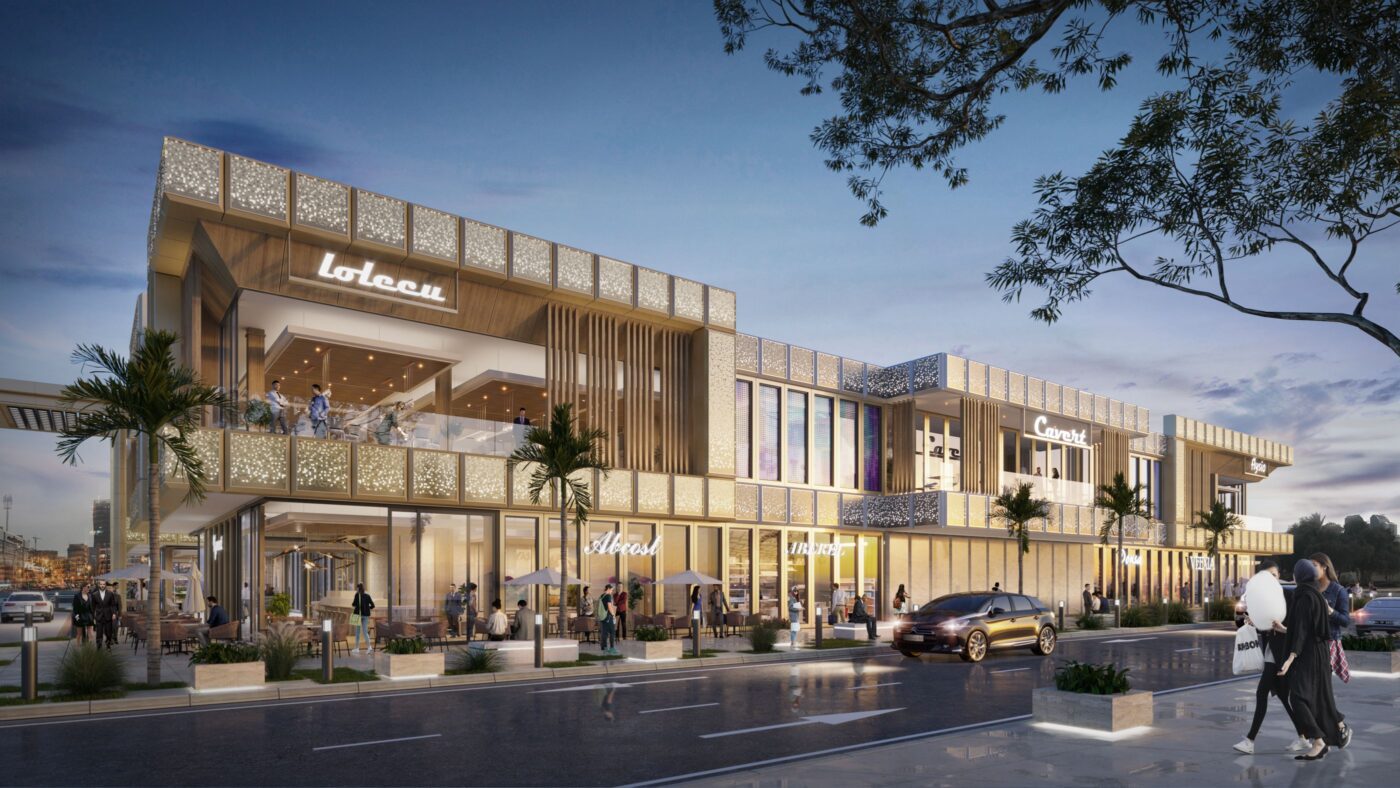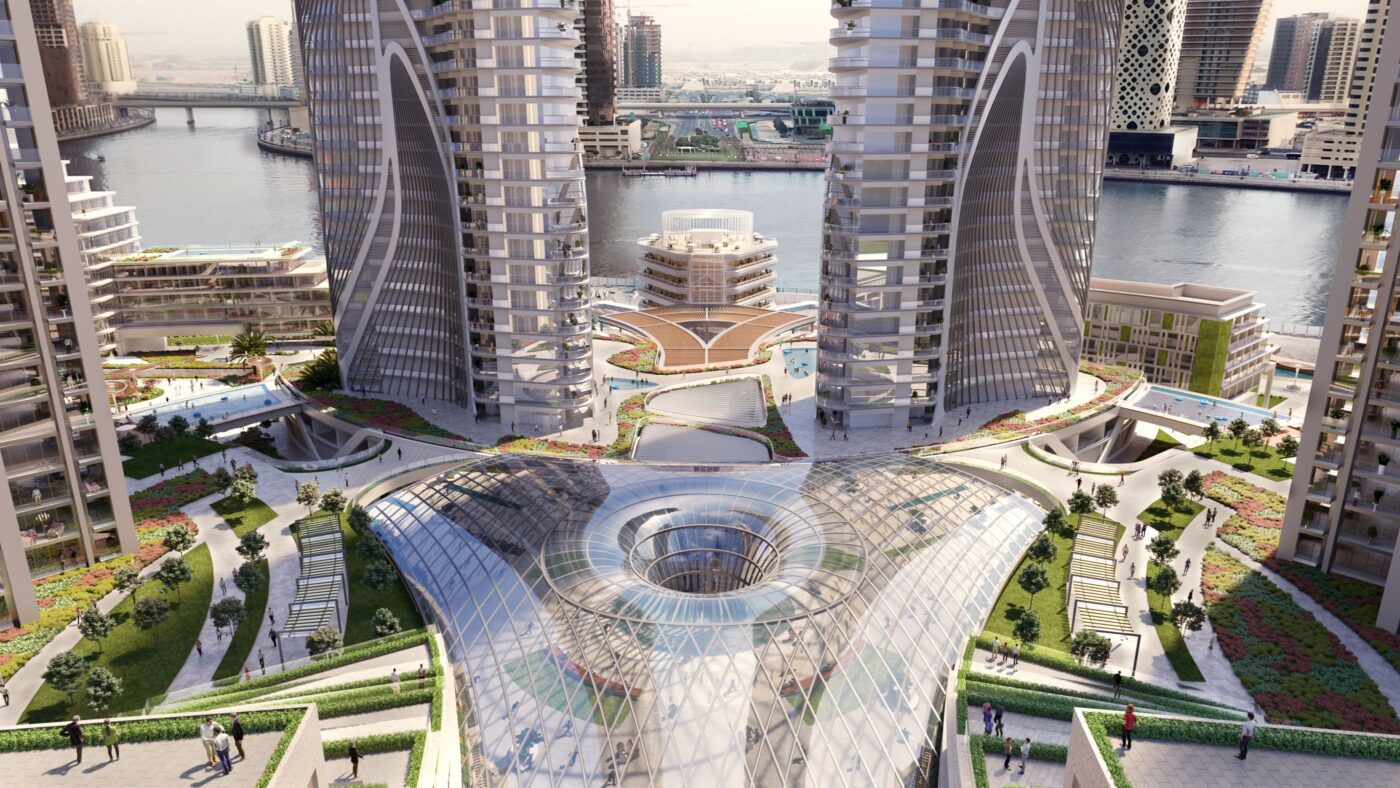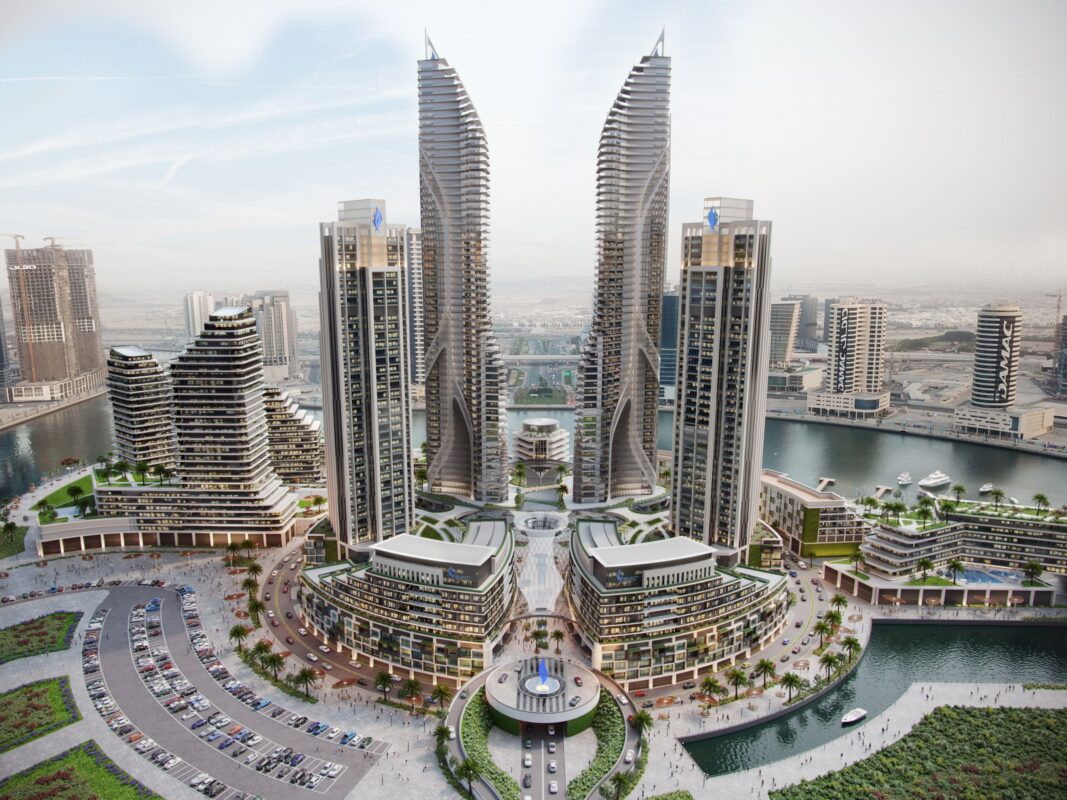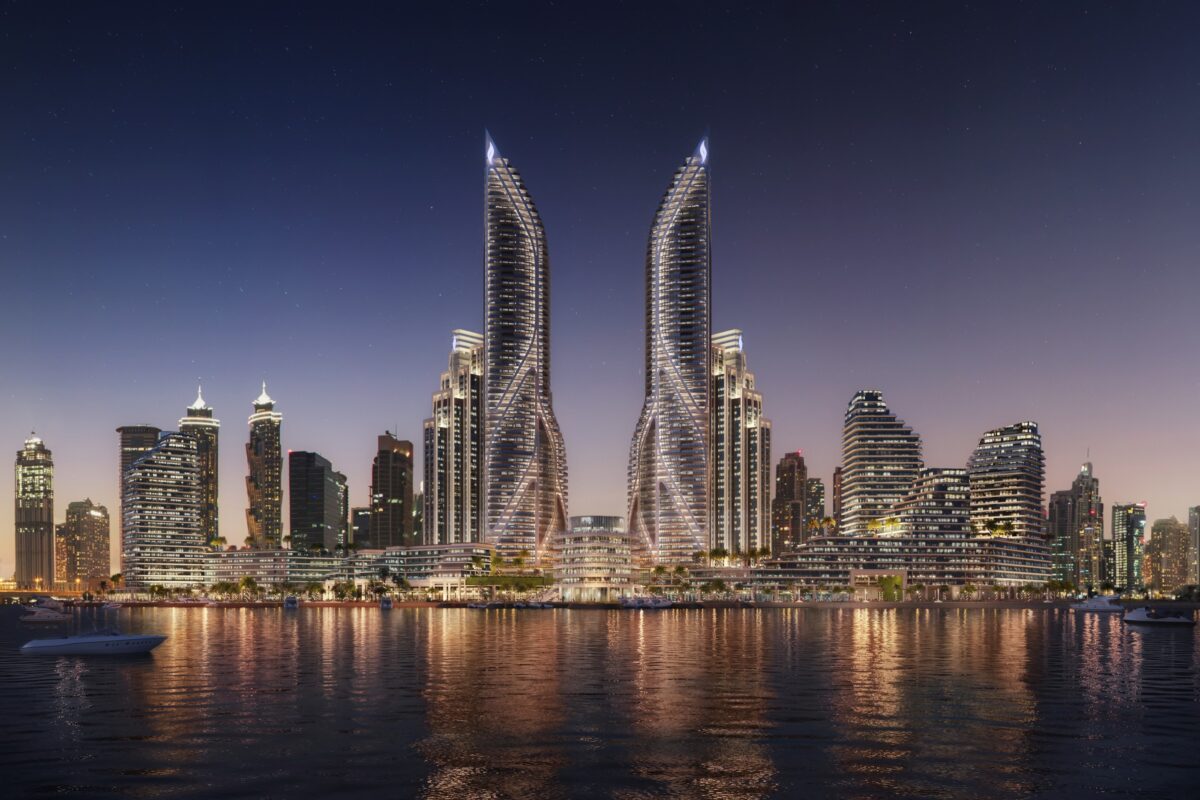Unveiling Visual Realities Guiding Dubai’s Ascent as Investor’s Paradise
Table of Contents
Jaw-dropping 3D architectural renderings by the studio, Render Atelier, depicts stunning skyscrapers, stylish interiors and elevated community landscapes. One nearly forgets Dubai emerged from monetary obscurity as recently as the 1960s before amassing profound prosperity today. Yet in only 50 years, pilfering petrodollars and pearling profits transformed sandy swaths into an engineering spectacle befitting dreams (or nightmares depending on preferences towards nice subtlety!)
While frequently characterized as rapid pell-mell development for sheer bragging rights, methodical visions and calculated opportunism propel continuous reinvention more accurately. Far from haphazard, Dubai in 2023 capitalizes on competitive advantages as one of the world’s few effectively tax free jurisdictions welcoming foreign nationals to freely purchase property, launch businesses with 100% ownership and tap into economic upside relatively free of meddlesome regulation or crony bureaucracy.
But convincing first wave immigrant business owners and investors to take leaps of faith into the largely unknown Middle Eastern enclave. They were decades ago hinged on provocative artist renderings. Especially crucial were visuals targeting overseas Asian communities most willing to embrace Dubai-as-economic safe haven narratives early as beachheads before broader Western adoption followed. By manifesting Dubai’s visionary possibilities through three dimensional life-like frames, these renderings bridged gaps separating imaginative futures from present day realities.
Join us as we chart 3D architectural visualization’s profound influence nurturing Dubai’s meteoric growth into a global apex destination while cementing trust for continued investment flowing through visual mastery alone. Discover how at crucial momentum points, renderings manifest catalysts transforming how the world perceived Dubai commercially.
Cultivating Early Appetites for Opportunity Through Abstract Promise

Renderings as strategic trust building instruments traces back directly to 1960’s Dubai when the contemporary United Arab Emirates manifested from separate emirate states into a unified nation. While Abu Dhabi claimed political leadership as the affluent capital, Dubai positioned itself attractively as a freewheeling frontier between East and West.
Lacking major oil exports enjoyed elsewhere regionally, Sheikh Rashid understood differentiating his dominion required projecting images unlike anything previously associated with the Gulf. He prioritized designs modernizing Dubai Creek while investing in hospitality and logistics infrastructure. Though building steadily, early artist renderings necessarily distorted actual progress on the ground to stoke overseas investor imaginations. Local papers proudly boasted artistic visions months or years ahead of projects breaking ground as progress.
As the UAE Dirham stabilized against global currencies and Western expatriates trickled in through the 1970s, 2D renderings sufficed conjuring concrete advancement from largely abstract plans. By providing visual roadmaps, investors numbered in the dozens then hundreds annually on promised potentials alone decades out from realization.
Physical Symbols Manifest Advantage

While witnessing gradual city expansion into the 1980s, perspectives shifted dramatically in 1990 when the Dubai World Trade Centre “towered” over surrounding structures – relatively diminutive at just over 800 feet yet colossus status locally. The visual announcement solidified Dubai’s future oriented investment outlook literally rising above regional peers. Though certainly not matching Manhattan prestige yet, concrete symbols finally evidenced to expat business owners the city could deliver on artistic visions.
Yet still relying predominantly on Western architects and developers, Dubai required bolder branding tailored to the next expatriate wave setting sights on the Emirates. Specifically East Asians and South Asians possessing capital stores required flashier seductions depicting outsized living versus modest Practicality.
Architectural Renderings Hit Full Maturity Attracting Asian Investors
Throughout the 2000s, developers like Emaar and Nakheel ambitiously sculpt entire islands alongside dozens of previously non-existent neighborhoods. This happened where empty quarter sands overnight manifested into prestigious community visions via renderings feeding real estate frenzy particularly across India and China.
Local media blasted dazzling and often exaggerated representations of in-progress buildings coming online sometimes years later (or occasionally never!). But the relentless visual masterplans successfully imbued perceptions of Dubai absorbing excessive investment flows while retaining confidence in sustained leadership and infrastructure competency throughout economic volatility in their native lands.
In particular, stunning development announcement renderings grew notorious promising names like Dubai Waterfront, Dubailand and massive Palm Island expansion Jumeirah. These futuristic districts projected Western quality living standards with tax free incentives no nation could match.
The hype won few local fans but sustained Dubai’s economic engine against competitors. For investors overseas with limited financial safe harbors, artistic visions ensured Dubai retained intrigue over rival emerging markets despite occasional turbulence.
Burj Khalifa Ascends on Visual Promises
The shining paragon cementing Dubai’s preeminence as Middle East hub promising continually ascending fortunes undoubtedly culminates with 2010’s Burj Khalifa launch. Delayed by the global financial crisis yet eventually delivered successfully, the 160+ story spire remains Earth’s tallest freestanding structure at over 2700 ft tall. This is nearly 1,000 ft higher than previous record holders.
Its design and influence on surrounding downtown owes greatly to extensive 3D renderings by architects Skidmore, Owings and Merrill. Their visualizations focused intensely on depicting Burj Khalifa contextualized within future Dubai downtown to increase perceived value and lifestyle potency.
The tactic clearly worked wonders in cementing global status while anchoring robust residential and commercial interest downtown buoying sustainability despite economic ebbs and flows.
Perception Sculpting Carries Forward

Reviewing the dozens of glimmering high rises punctuating the landscape reveals consistency in leveraging striking 3D renderings. This is to elevate form over function expectations while portraying Dubai as perpetually thrusting upwards without limitations.
Once again, we witness ambitious forthcoming projects like Santiago Calatrava’s Dubai Creek Tower harnessing renderings targeting investor groups rather than exclusively wowing architects and design critics. Appealing to core Indian and Chinese interest translates directly into capital flows funding additional development benefiting local Dubai participants in virtuous cycle.
While earthquakes and debt crises arise intermittently, psychological commitments run deeply. HNW expatriates vote confidence through sustained property investments and business launches rather than retreating – in no small part due to visual masterplans illustrating future stability.
Perception sculpting matters immensely with assets lacking tangible utility like land plots. Images ignite exchange vehicles and belief systems in lieu of underlying technical qualifications many investors lack anyways.
In Summary: Renderings Run the Show!
Dubai’s visionary ascendance as global hubintermixing commerce and community represents no accident – nor inevitable outcome earned from natural resource bounty alone. One can argue 3D architectural renderings depicting irresistible futures before modern built environments manifested have proven capital transforming Dubai’s prospects immeasurably.
These important visual time machines – rendered exceptionally by Render Atelier -hurst sceptics into believers while turning fantasies into funded constructions brick by glassy brick. Where Dubai journeys next relies on sustainably cultivating investor perceptions. But for over 50 years, renderings patiently laid crucial psychological foundations in minds worldwide, tipping the scale further in Dubai’s favor when other emerging markets faltered.

